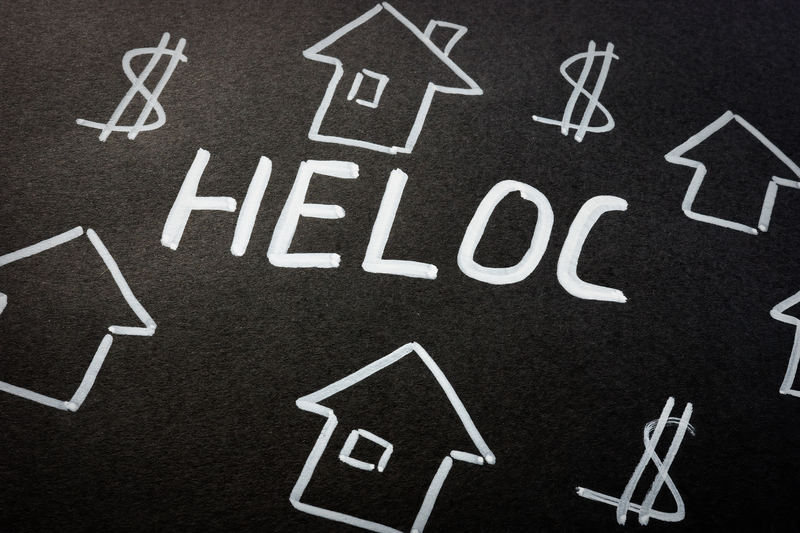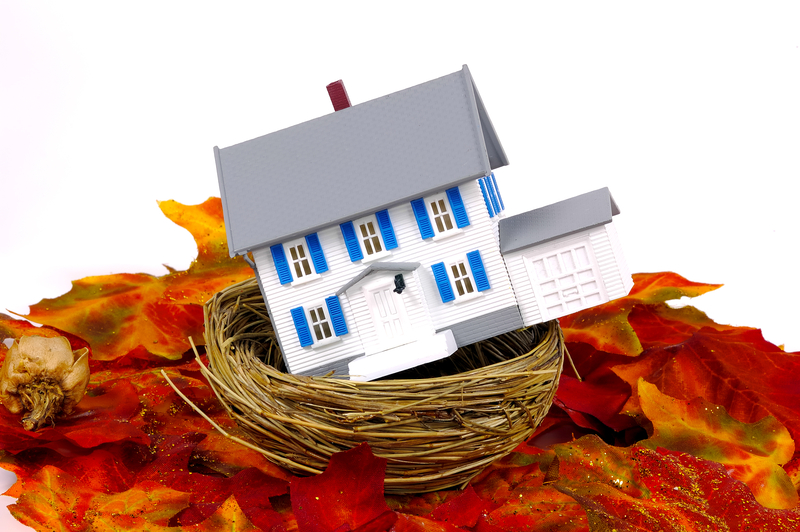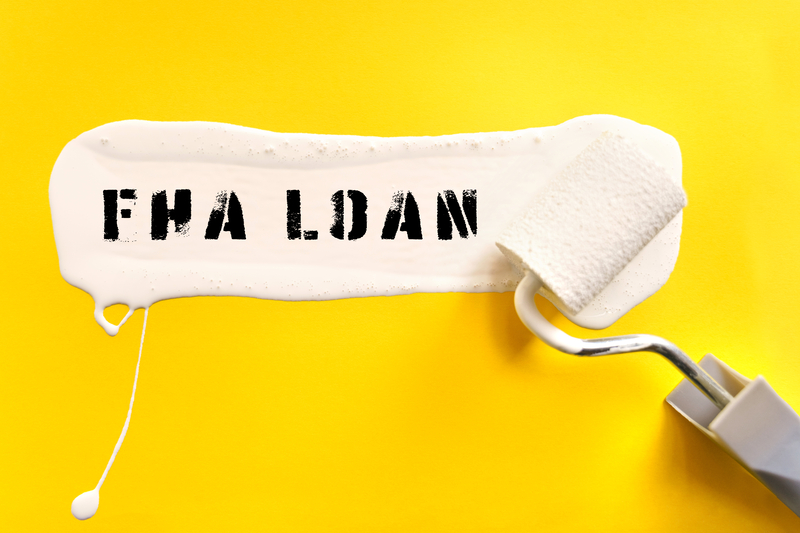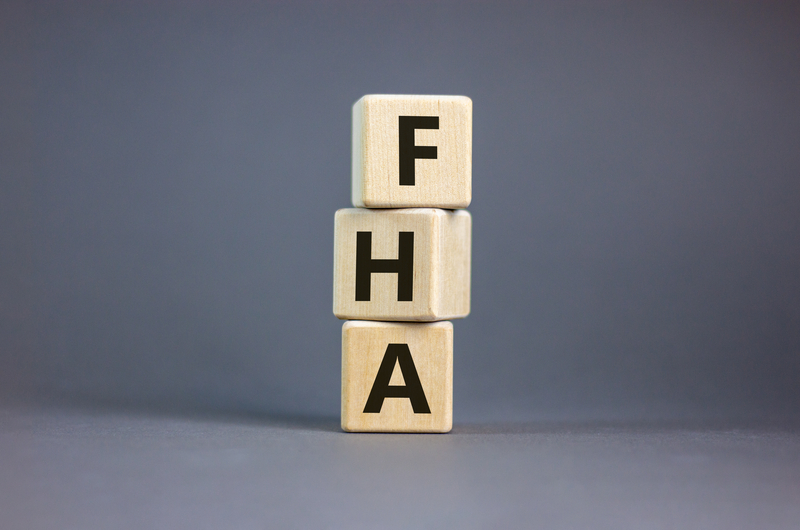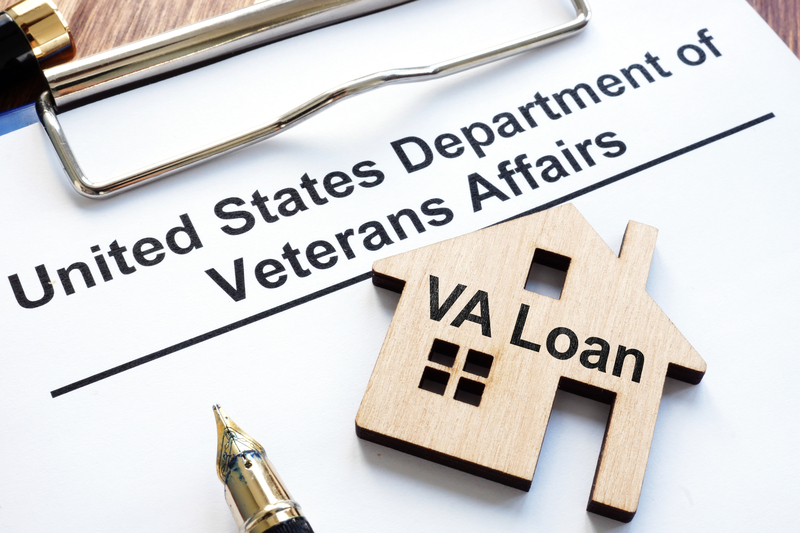A home equity line of credit or a HELOC is considered a second mortgage, which serves as a revolving credit line. Your home is the security for this line of credit, which means, if you default on it, you can lose your home. Some homeowners borrow money on their home’s equity to do home improvements, go on vacation, debt consolidation or pay off an educational loan. It does not matter what you use the money to do. Home equity lines of credit have a lower rate of interest compared to other loans. The interest you pay on these loans might be tax deductible, especially when you use them to buy something for the home, add a swimming pool or office to your home or greatly improve the value of your home.
How It All Works
When you take out a home equity line of credit, you borrow the money against the equity that is currently available in the home. That is how your credit limit is assessed. However, an appraiser has to do an evaluation on the home to see its value and the lender will calculate the appraised amount against your mortgage balance to determine the credit limit. You can use any amount of the credit balance throughout the draw or borrowing period, which is typically ten years. When you pay down the balance, you can use the line of credit that equates to the existing balance. You have to pay a monthly premium.
Other Considerations
Your income and expenses will be used to calculate the monthly payment. While in the borrowing or draw period, some lenders will want to only collect the interest payments first. Other lenders will allow you to pay both the interest and the principal. This makes a huge difference because by paying the principal and interest, you can reduce the balance right away, but interest only payments do not allow this. When the borrowing period ends, you are not allowed to take out any more money and it is mandatory that you pay the remaining balance over a period of twenty years.



